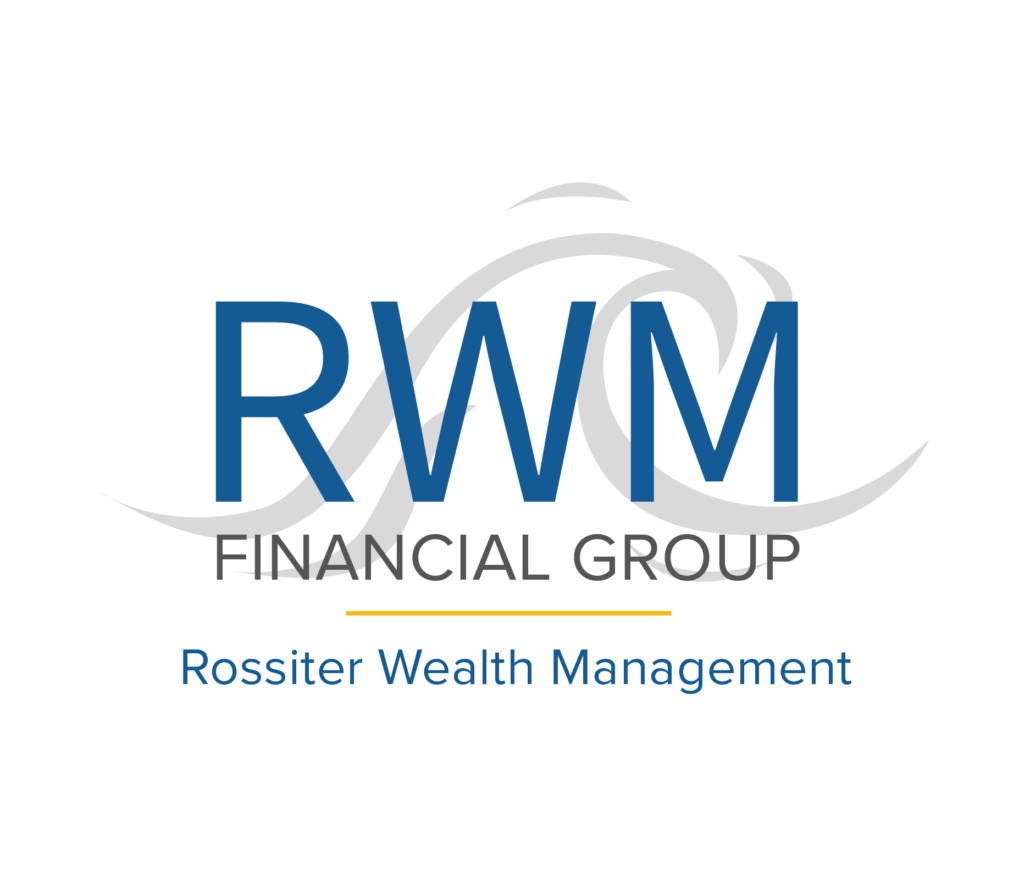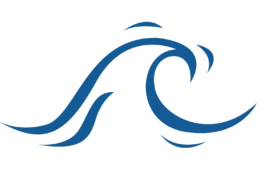Hey there, financial aficionados and savvy savers! Can you believe we’re already halfway through the year? Time flies when you’re having fun or knee-deep in work, family, and trying to remember where you left your car keys. With the year’s midpoint upon us, it’s the perfect moment for a Mid-Year Financial Check-UP. Whether you’re a meticulous planner or a free spirit, this check-up is your golden ticket to ensuring your financial goals are still on track.
Why It’s Important
- Stay on Track: Remember those financial resolutions you made with a sparkle in your eye on January 1st? A mid-year review helps you see if you’re still on course or have wandered into the financial wilderness.
- Adjust to Changes: Life happens! Job changes, unexpected expenses, or even windfalls can significantly impact your financial plans. A mid-year check-up allows you to adapt your strategies to your current situation.
- Boost Your Confidence: Knowing where you stand financially can give you peace of mind and the confidence to make informed decisions for the rest of the year.
How to Conduct a Mid-Year Financial Check-Up
- Review Your Financial Goals:
- Personal Goals: Take a look at your savings, debt repayment, and investment goals. Are you on track to meet them by year-end? If not, it’s time to tweak your approach.
- Business Goals: For entrepreneurs, review your business’s financial health. Are your revenue targets within reach? How are your expenses tracking?
- Evaluate Your Budget:
- Compare your actual spending against your budget. Are there areas where you’re consistently overspending or understanding? This insight can help you reallocate funds to align better with your goals.
- Assess Your Savings:
- Check your emergency fund, retirement accounts, and any other savings goals. Have you saved as much as you planned? If not, consider automating your savings to stay disciplined.
- Debt Check-In:
- Review your debt repayment progress. Are you on track to pay off high-interest debt? If you’ve taken on new debt, how is it impacting your overall financial picture?
- Investment Performace:
- Look at your investment portfolio. Are your investments performing as expected? If not, it might be time to rebalance your portfolio or consult with a financial advisor.
Tips for Adjusting Strategies Mid-Year
- Revisit Your Priorities:
- Sometimes, our goals change. Maybe that dream vacation fund is less critical now than boosting your retirement savings. Adjust your priorities and redirect your financial resources accordingly.
- Cut Unnecessary Expenses:
- Identify any recurring expenses that no longer serve you. Cancel those unused subscriptions and direct that money towards more meaningful goals.
- Boost Your Income:
- Consider ways to increase your income. This could be asking for a raise, taking on freelance work, or starting a side hustle.
- Update Your Financial Plan:
- Life evolves, and so should your financial plan. Make any necessary adjustments to ensure it still aligns with your long-term objectives.
Benefits of a Mid-Year Review
- For Personal Finances:
- Clarity and Direction: A mid-year review provides a clear snapshot of your financial health and helps you stay focused on your goals.
- Proactive Adjustments: By identifying issues early, you can make proactive adjustments rather than reactive fixes.
- For Business Finances:
- Strategic Planning: Regular reviews help business owners make informed decisions, plan for the future, and stay agile in a changing market.
- Improved Cash Flow Management: By evaluating income and expenses, you can better manage cash flow and ensure your business remains financially healthy.
Why Choose RWM Financial Group?
At RWM Financial Group, we understand the importance of a solid financial foundation. As a SmartVestor Pro with Dave Ramsey, we are committed to providing trusted financial advice and guidance. Our team of experts is here to help you navigate your mid-year financial check-up with confidence. Whether you’re reviewing personal goals or assessing your business finances, we’ve got you covered with the expertise you need to make informed decisions.
So, let’s raise a glass (or a calculator) to the mid-year mark! Conducting a financial check-up now can set you up for a stronger, more secure finish to the year. Remember, it’s not about perfection but progress. Here’s to making the second half of the year even better than the first!
Happy Reviewing!


